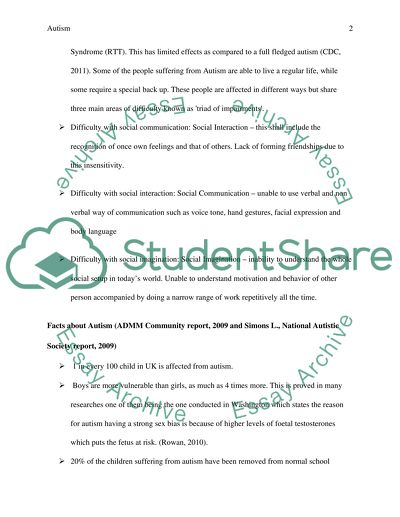Cite this document
(“Austism, Research Paper Example | Topics and Well Written Essays - 500 words”, n.d.)
Retrieved from https://studentshare.org/other/1407594-austism
Retrieved from https://studentshare.org/other/1407594-austism
(Austism, Research Paper Example | Topics and Well Written Essays - 500 Words)
https://studentshare.org/other/1407594-austism.
https://studentshare.org/other/1407594-austism.
“Austism, Research Paper Example | Topics and Well Written Essays - 500 Words”, n.d. https://studentshare.org/other/1407594-austism.


